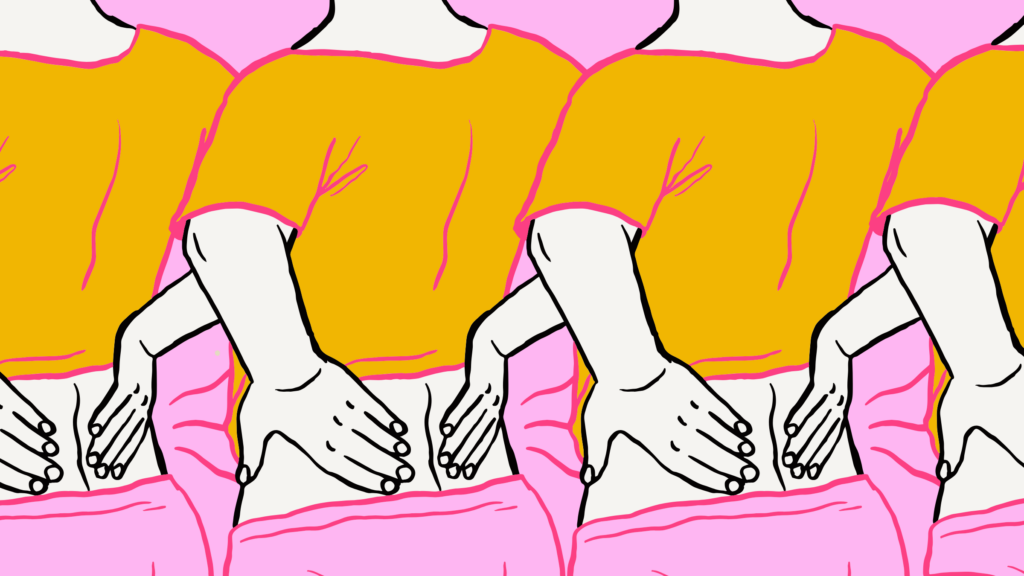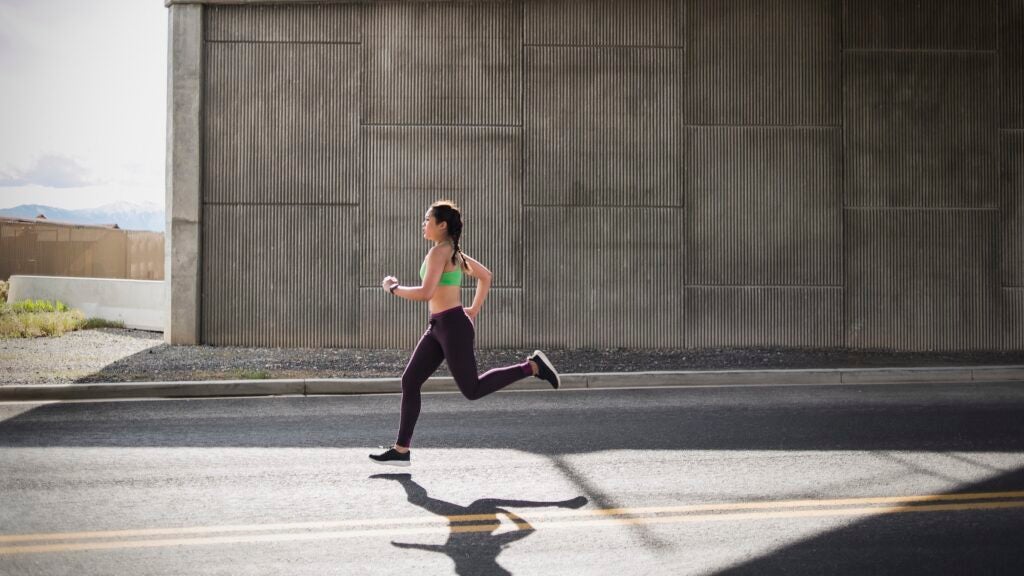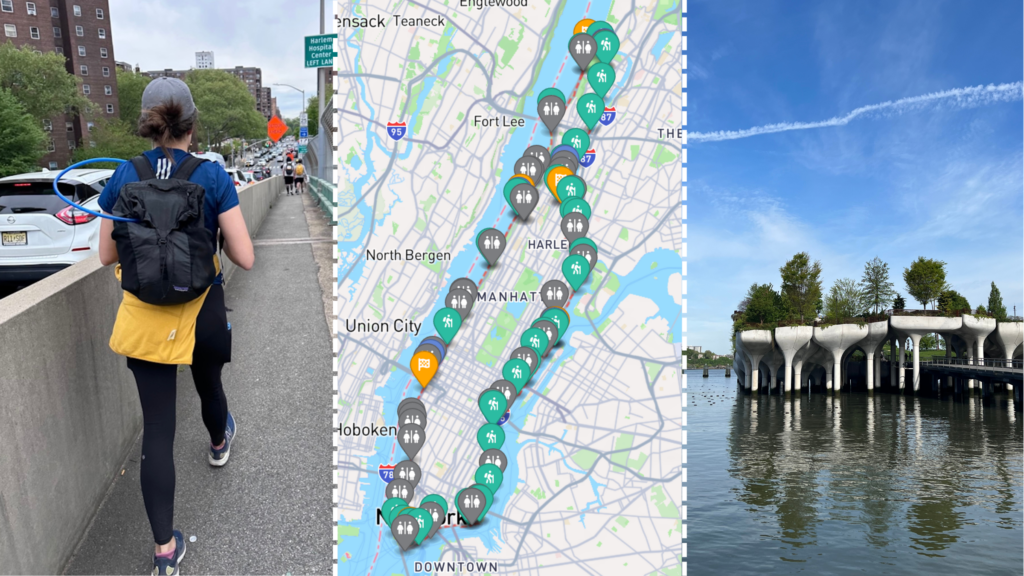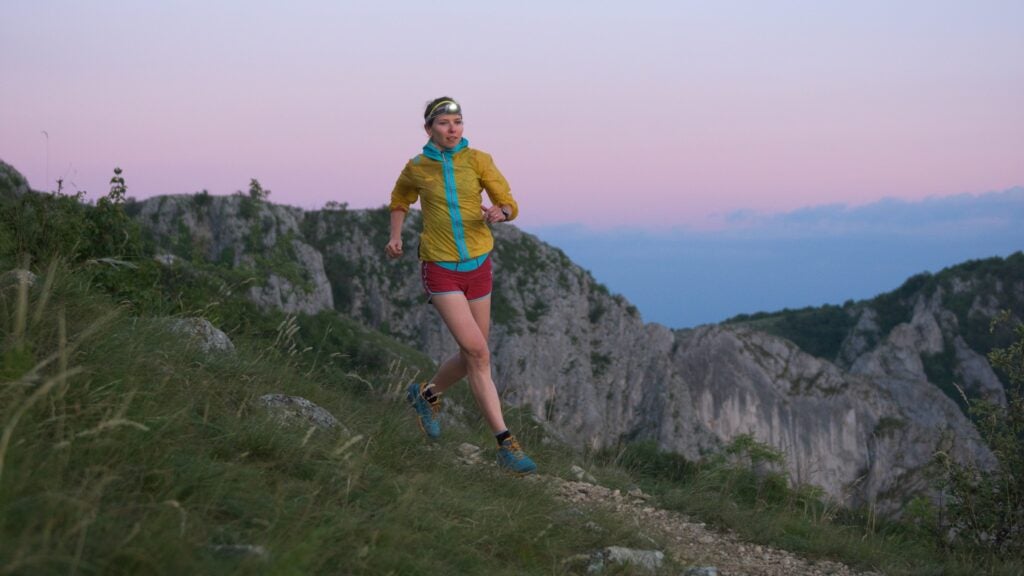In the Holistic Health and Fitness, or H2F, environment, success isn’t just about intensity—it’s about intent. And that intent begins with understanding how Soldiers move.
At the core of effective physical readiness is a concept known as foundational movements—a structured, evidence-informed approach to developing human movement capability that scales across training levels, equipment types, and occupational demands.
Whether you’re a strength coach, physical therapist, pregnancy and postpartum performance training—P3T— instructor, or squad leader, embracing foundational movements can help you build more robust, adaptable, and mission-ready Soldiers.
What are foundational movements?
Foundational movements represent the essential building blocks of human physical competence and proficiency. They are not exercises in themselves, but categories of movement strategies that form the basis for everything from basic locomotion to complex occupational tasks.
This framework breaks down movement into three key components:
1. Anchor Movements
These are the core movement patterns: plank/bracing, push, pull, rotate, hinge, squat, lunge, step, crawl, and climb. Each serves as a foundation for strength, endurance, mobility, power, and coordination.
2. Primary Vectors
Variables such as foot and hand placement, range of motion, and plane of motion that influence the physics and biomechanics of each movement.
3. Secondary Vectors
Modifiers like equipment type, tempo, and load placement that add specificity or complexity to a movement.
By becoming proficient, adaptable, and comfortable through training in different combinations of these elements, Soldiers can master not just exercises, but the movement skills that transfer to occupational readiness and remain reliable under high-stress conditions such as combat or crisis response.
Source link











